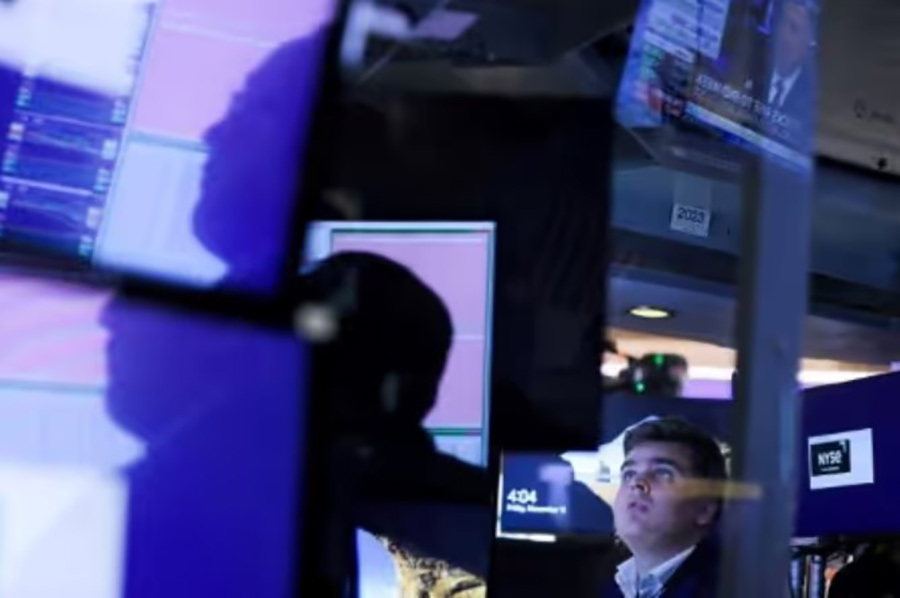By Mike Dolan
LONDON- What looks like a financial market in disarray may instead just be normalization that will ultimately help insulate investment portfolios rather than sending them to the ground.
There’s little doubt that a bubble has been burst in the wild swings of the past week.
But that bubble was mostly in high-octane trades that not only hinge on low market volatility but can also help keep volatility low – at least for a while. So what we may be seeing now is volatility returning rapidly, if noisily, to historically familiar levels.
And regular investors should take some comfort in the way most traditional mixed asset portfolios behaved in the upheaval.
For the past year, stock and bond prices have mostly ebbed and flowed in tandem. Such positive correlation has long been a big fear for many, as it reduces the benefit of holding both asset types. But what we just saw is a switch back.
Bonds and equities once again functioned more as natural hedges for each other, partly insulating plain vanilla “60/40” equity/bond mixes in the process.
As the S&P 500 index plunged by as much as 8 percent from the start of the month to Monday’s trough, Treasury bond price indexes jumped about 4 percent .
That’s still an overall hit for a traditional 60/40 investor, but much less painful than the damage such extreme stock moves could have caused. This is critical in avoiding the type of fearful “de-risking” of investment portfolios that could well fuel the very economic downturn it seeks to sidestep.
In other words, the “good news is bad news” trading bias has flipped again.
For the past two years of high inflation and interest rate rises, anything that aggravated that picture tended to hit borrowing costs, bonds and stock prices at the same time.
But that seems to have changed now that inflation is almost back near the US central bank’s target and Federal Reserve Chair Jerome Powell’s hands are untied. Periodic worries about economic growth – like the surprisingly large jobless rate increase seen last week – may weigh on pricey equities but also lift bond prices because they raise the chance of Fed easing.
What’s more, we also seem to be seeing the normalization of the pivotal “fear index” – Wall Street’s VIX index of equity volatility. It appears to be reverting to its historical norms following Monday’s explosion after staying well below normal for nearly 18 months.
And trading of VIX futures that expire at the end of this year has calmed following the record one-day rise in the index itself. They have settled back at levels almost exactly at the 30-year average.
As GAM Investments strategist Julian Howard commented on Thursday: “Market volatility goes with the territory and is not a reason for mass hysteria.”
This rapid reset offers few clues about the likelihood of recession ahead or the sustainability of the heady valuations of Big Tech megacap stocks and their new AI toys.
But it helps recalibrate markets away from the type of extreme positioning that makes shocks more likely when there are challenges to consensus thinking. The most recent such assumption, of course, is the idea that we would see an everlasting economic expansion that low-volatility trades could continue to binge on.





